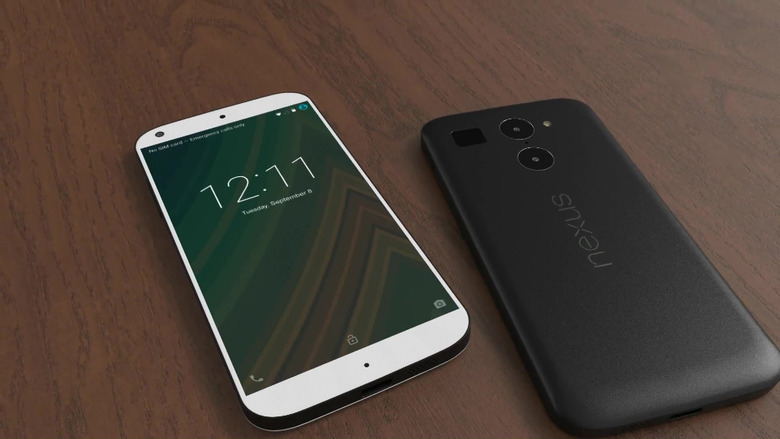Why Is Google Really Making Two Nexus Phones This Year?
Most reports detailing Google's Nexus plans for 2015 mention two distinct devices, a 5.2-inch LG Nexus 5 and a 5.7-inch Huawei Nexus phablet. It's not clear yet why Google decided to make two Nexus handsets this year, but we've found one possible explanation that you may not have considered before.
DON'T MISS: Windows 10 is spying on almost everything you do – here's how to opt out
For starters, Google's 2015 Nexus plans might be explained by last year's Nexus 6. The flagship Android handset had one major flaw in the eyes of many buyers: its size. Not all Nexus fans want a Nexus phablet, and especially not an expensive one. Google kept selling the 2013 Nexus 5 but many people still wanted a newer Nexus device at a more reasonable size and price.
Android M introduces a variety of new features, including major hardware changes that will likely be seen in the upcoming LG and Huawei handsets. Fingerprint sensors and USB Type-C ports can't be fitted to old hardware retroactively, and Google must use them in its own devices so that developers, OEMs and users can actually get a full view of what Android M is capable of.
To address all these matters – phone size, price ranges and full support for new Android innovations – Google might have chosen to make two distinct Nexus smartphones this year.
But why then, didn't it give the job to a single company, be it Motorola, Huawei or LG? One possible answer is that Google is trying to work with all its Android partners on Nexus programs, and that's why it chose Huawei for the phablet. That still doesn't fully explain why LG is making its third Nexus handset to date, which would turn LG into the most frequently used Nexus handset maker in the history.
One other possible explanation is that, since the Nexus-like Android Silver program was canceled last year, Google is just expanding its Nexus program to include more devices that would offer buyers a pure Android experience.
A report from Korea seems to indicate there might be one other hidden reason at play here that convinced Google to choose LG to make the smaller Nexus 5. According to Business Korea, Google wants to speed up adoption of its revamped mobile payment plans and LG might be the way to do it. Android Pay would compete directly against Apple Pay and Samsung Pay in the coming months, and Google needs a Nexus flagship handset to deliver a strong demo of what mobile payments may look like on Android M so that others adopt it rather than coming up with their own mobile payment platforms.
Android Pay will also likely be available to buyers of the Huawei Nexus handset – both devices are supposed to pack fingerprint sensors that are essential for running the new version of Android Pay. But Huawei might have been chosen to open doors to Google in China, a major mobile market where millions of consumers use a forked version of Android instead of the version that contains all of Google's apps and services.
At any rate, there are plenty of reasons for Google to launch more than one Nexus phone this year. Whether either of these phones makes the impact that Google is hoping for, however, remains to be seen.
